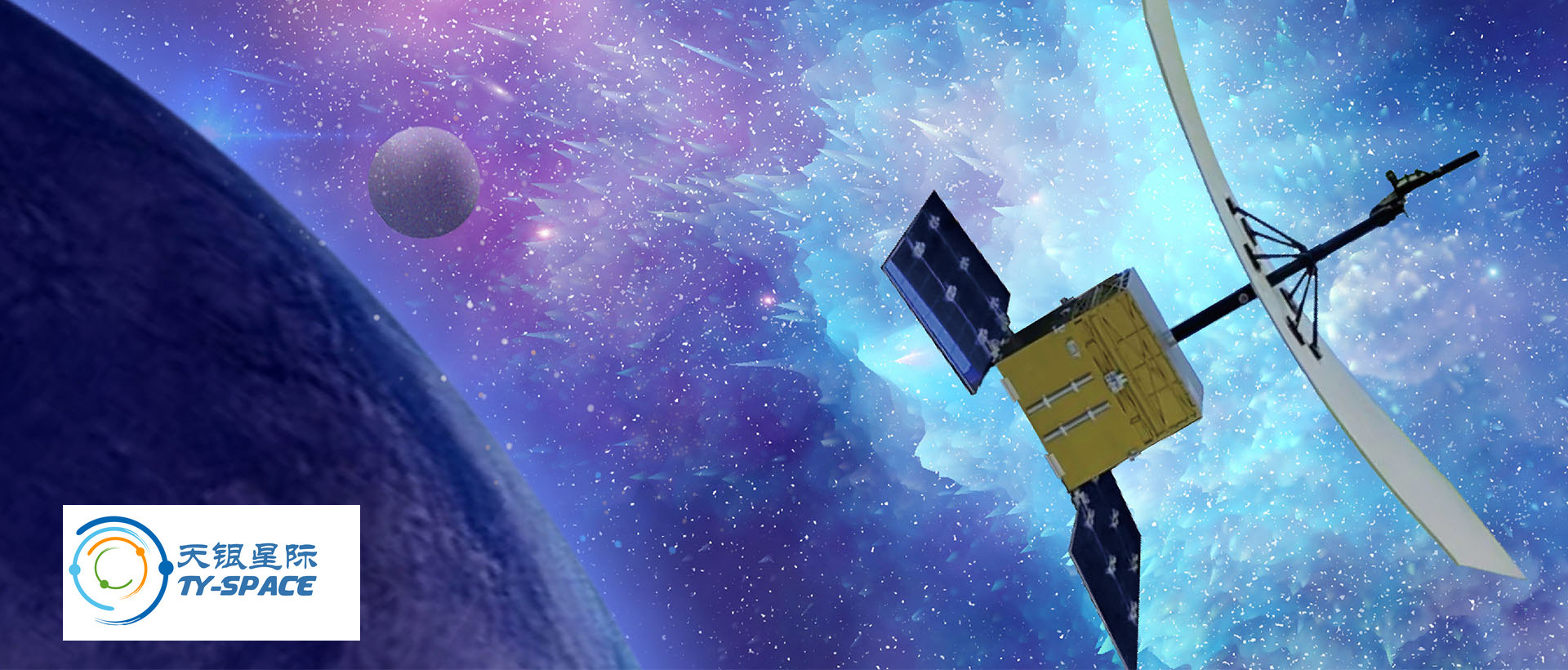
When working in a natural space environment, the reliability of star sensors can be reduced due to the influence of high-energy radiation.
The star map denoising algorithm discusses denoising methods for single pixel noise. The traditional engineering processing methods mainly use spatial filtering denoising algorithms. The main mechanism of spatial filtering denoising algorithms is smooth filtering, which includes mean filtering, box filtering, median filtering, and Gaussian filtering. These types of filtering algorithms usually have a smoothing effect on the background.
Mean filtering, as the name suggests, is to obtain the pixel mean of an image area, taking the current pixel as the center point, and calculate the surrounding 𝑛 × The statistical average of each pixel within the 𝑛 box. The advantage of mean filtering is that its calculation speed is particularly fast, but the resulting image is relatively blurry. The larger the filtering kernel, the more blurry the image becomes. Mean filtering has a good processing effect on Gaussian noise, but its effect on salt and pepper noise is average.
The advantage of mean filtering is that its calculation speed is particularly fast, but the resulting image is relatively blurry. The larger the filtering kernel, the more blurry the image becomes. Mean filtering has a good processing effect on Gaussian noise, but its effect on salt and pepper noise is average.
Median filtering is the process of obtaining the median value of other pixels in the neighborhood of the current central pixel to replace the current central pixel. Median filtering has a relatively good filtering effect on salt and pepper noise.
The principle of Gaussian filtering is to use the filtering kernel function for convolution operations.
The above-mentioned spatial filtering methods have a significant impact on the target during the denoising process, and may have fuzzy effects on the target during the smooth filtering process, thus having some drawbacks.
A method of background prediction that accumulates background values through multiple frames and then removes the influence of noise through background subtraction. However, this method has requirements for the dynamic conditions of star sensors and is only suitable for low angular rates, and is mainly suitable for situations where the noise position is relatively fixed.
Scaling the correction domain at high speeds can adapt to higher dynamic speeds. As shown in Figure 1.4, during the process of star point movement, the processing frames of each frame are continuously used as background information. When the frames of multiple consecutive frames are combined into a set of backgrounds, noise removal can be achieved by background subtraction in the current frame. However, this method can still only handle fixed single pixel noise, and its suppression effect is poor for position random noise.
The algorithms mentioned above have limitations in practical applications, making it difficult to maintain the accuracy of star point centroid positioning while denoising.
Send us a message,we will answer your email shortly!